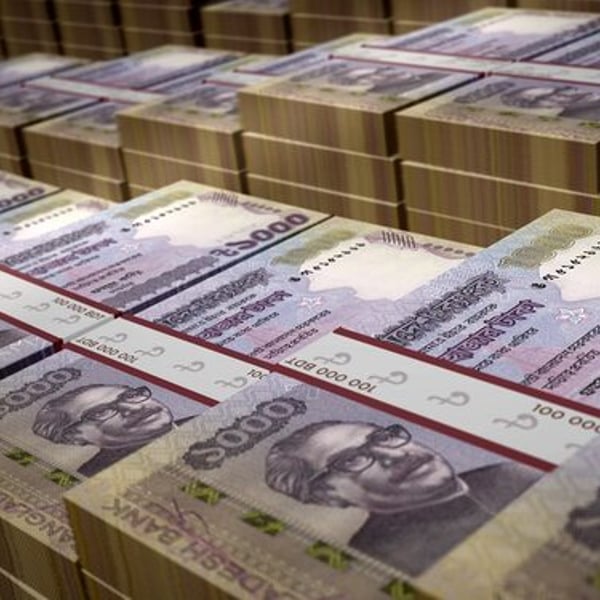By
Fibre2Fashion
Published
Jan 3, 2024
Bangladesh is poised for significant growth, with projections placing it as the 20th largest economy in the world by 2038, according to a forecast by the Centre for Economics and Business Research (CEBR). This marks a 17-place jump from Bangladesh’s current 37th position in 2023.
Bangladesh’s economy has shown resilience and steady growth despite global challenges. In the fiscal 2021-22, the country experienced an expansion of 7.1%, and while growth moderated to 6% in FY23, it still left the output 25.6% above pre-pandemic levels. However, this deceleration in FY23 was mainly due to a contraction in industrial activities, largely affected by reduced export demand from advanced economies.
The country faced economic hurdles, including a sharp depreciation in its currency and hikes in fuel and energy prices. These factors contributed to a significant increase in production and transportation costs, leading to a surge in consumer prices. In 2023, inflation is estimated to have reached 9%, a stark rise from the average 6.3% observed in the decade leading up to 2021, as per CEBR.
In response to these inflationary pressures, the Bangladesh Bank has adopted a tight monetary policy, increasing the policy rate to 6.5%. Notably, there has been a critical shift in the monetary policy framework, moving from a monetary targeting to an interest rate targeting framework. This shift aligns with the country’s commitment to a unified market exchange rate system, a departure from the managed floating exchange rate system in place since May 2003.
Government debt as a share of GDP rose to 39.4% in 2023, up from 37.9% in 2022. Despite operating at a high fiscal deficit of 4.5% in 2023, the country’s low debt-to-GDP ratio has facilitated economic stability.
Looking ahead, CEBR forecasts an acceleration in the annual GDP growth rate to an average of 6.8% from FY24 to FY28, slowing to an average of 6.2% per year over the following decade.







